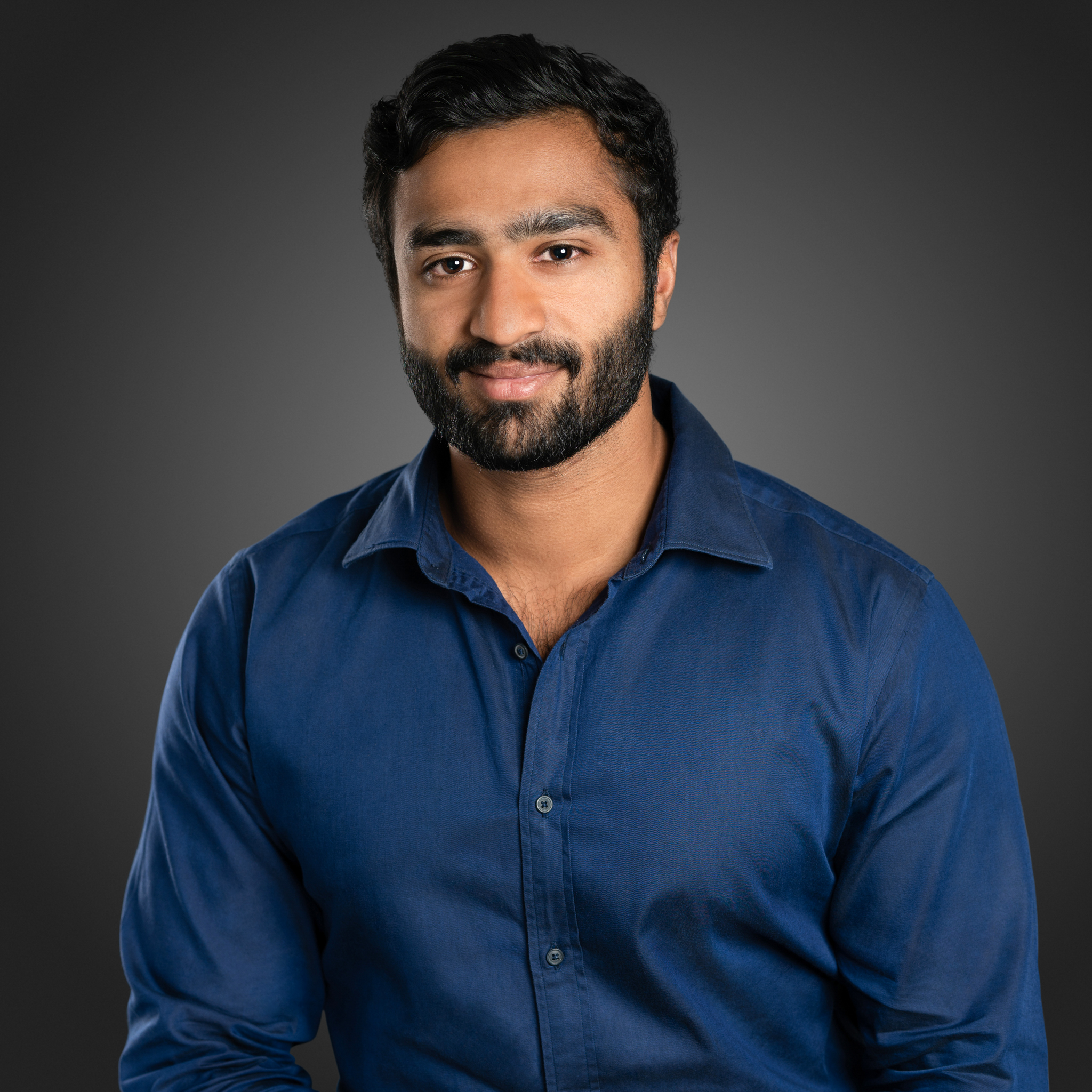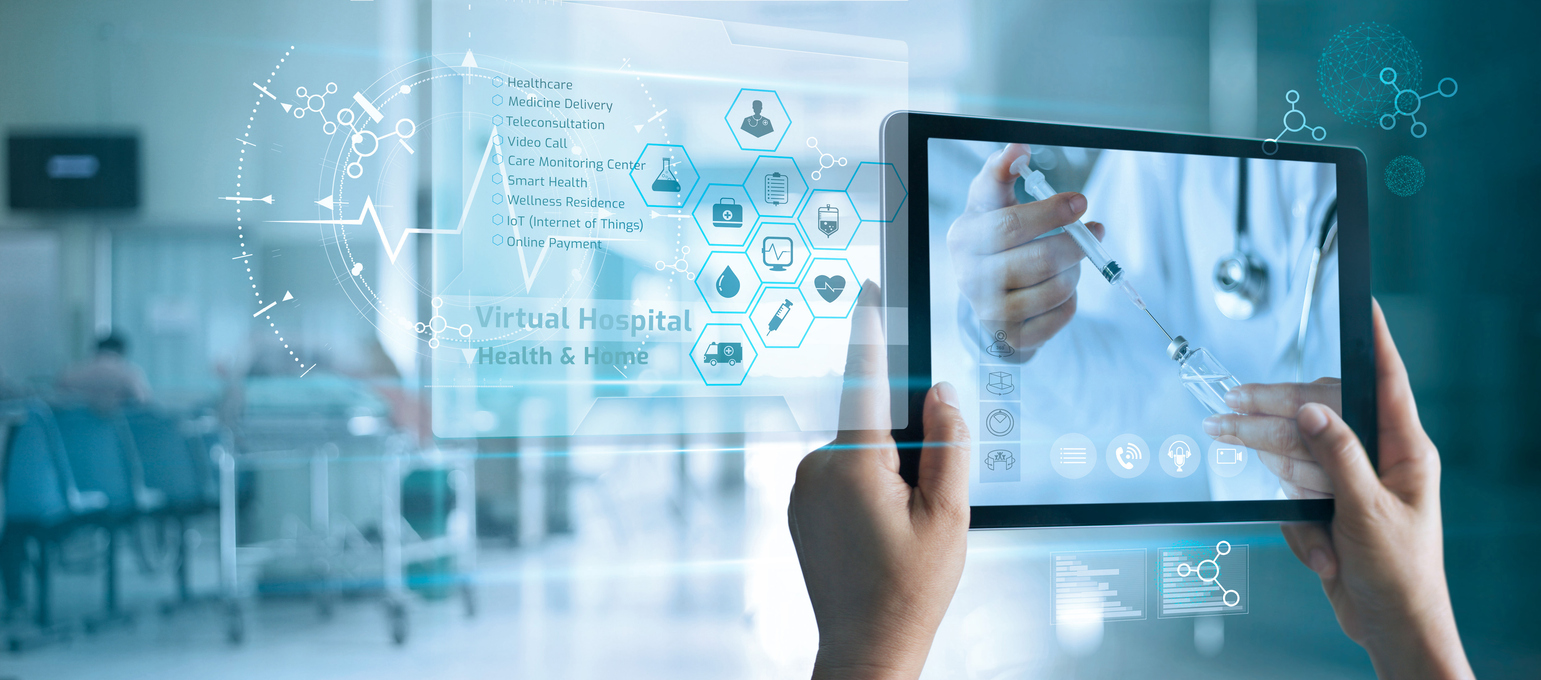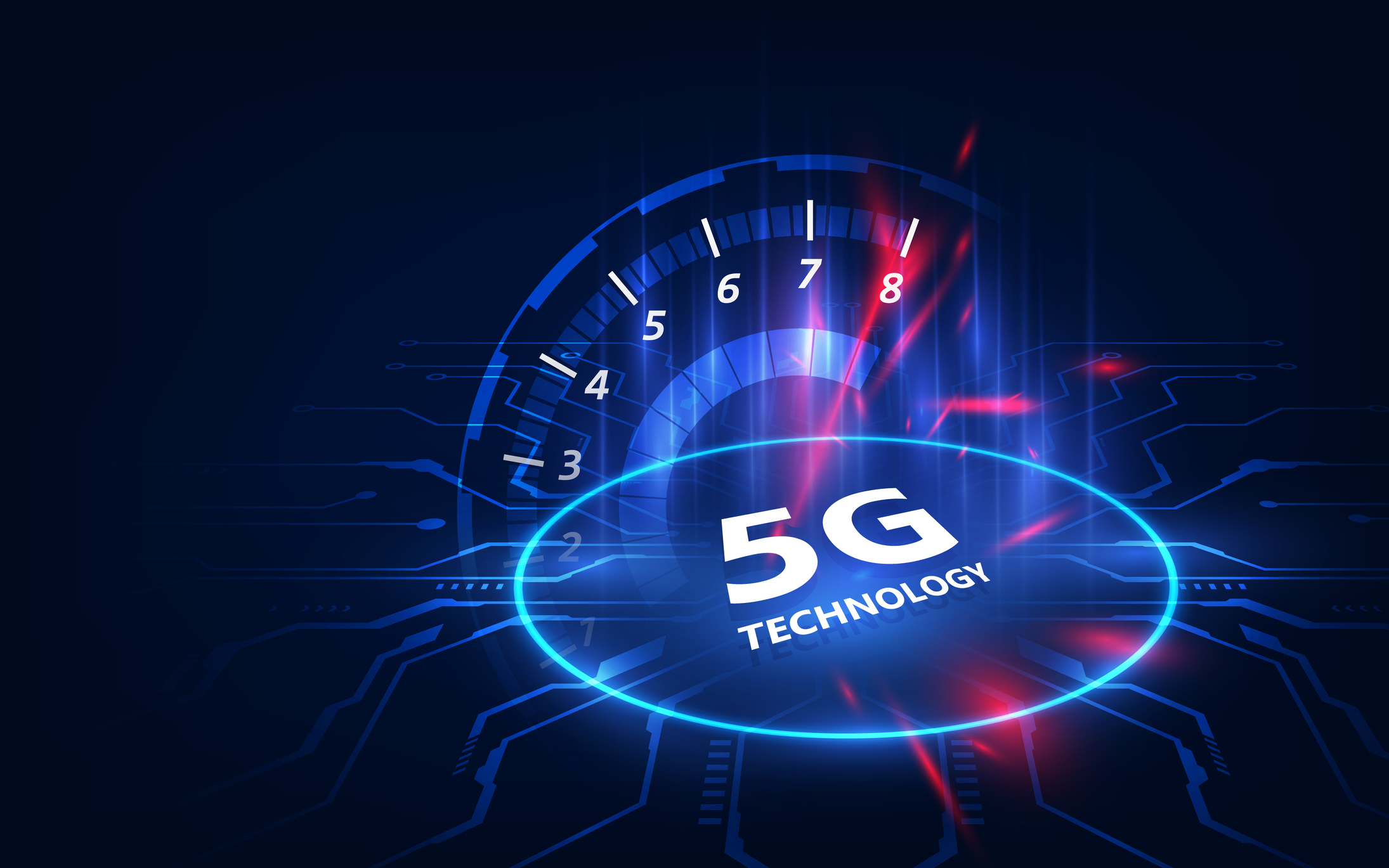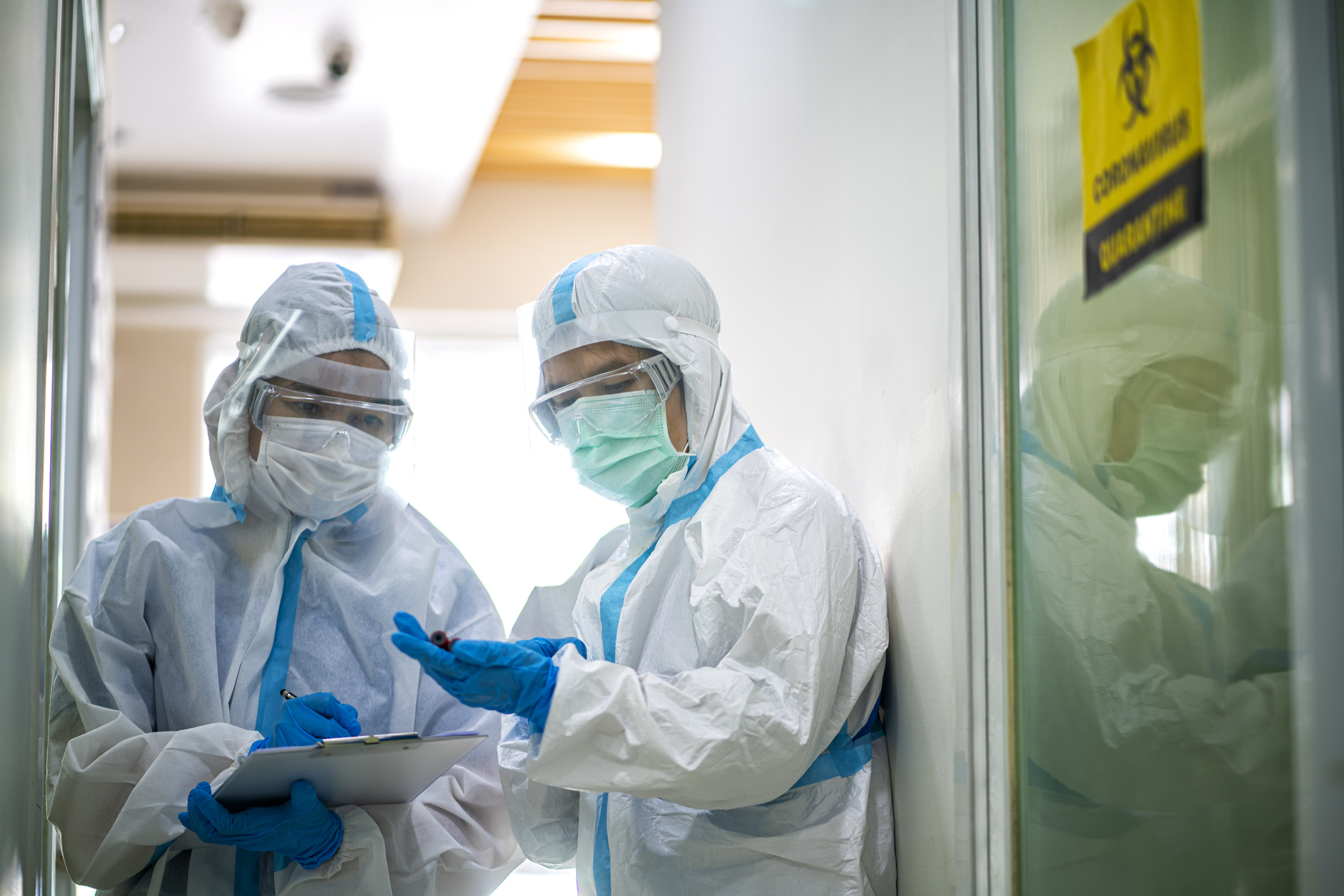Medical practitioners are under constant pressure to do more with less: see more patients, improve patient experience, improve workflows and margins, and reduce overheads, all framed by increasing workload and therefore burnout.
All this was true even before COVID hit - and practitioners and staff had to juggle waiting rooms and manage telehealth and phone consults.
On top of this, increasingly, practitioners and practice management staff are on the go, and need more flexible clinical and practice management solutions to support the new remote working needs of a modern practice. It’s no wonder there’s now a critical need for reliable mobile technology and Doctor Apps that can facilitate the modern health practitioner’s on the go working lifestyle.
The new mobile health or ‘mHealth’ digital age
“Mobile health” or “mHealth” refers to medicine and public health services through mobile device usage and reinforcement. A recent report revealed the health and medical industry is now in one of the top three fields to accelerate the growth of mobile devices. The report stressed mobile health has the ability to improve the overall healthcare system by improving efficiency, communication, costs, and quality of healthcare services.
Globally, the mobile health market is expected to continue to grow in the coming years and is predicted to exceed 300 billion U.S. dollars by 2025. Uses of mHealth will grow and change as health trends and concerns fluctuate, the report found.
Meanwhile, in Australia, appetite for ‘mHealth’ has grown by 47% between 2014-2018, and is forecast to continue to accelerate beyond the pandemic.
Supporting today’s ‘on the go’ practitioner
A good example of this is Clinic to Cloud’s Doctor App, which allows practitioners to securely manage their practice and patient files from anywhere, without having to log in to a server or go back to the office to manually update clinical notes.
Practitioners working across multiple clinics and managing patients in hospital used to have to do paperwork and update patient files on their own time back at the office. A mobile app like Clinic to Cloud’s Doctor App effectively places ‘the practice in the palm of your hand.’
Practitioners can now do all aspects of practice and clinical ‘admin’ from their smartphones. They can see a patient, update their file using voice recognition, send a letter, check lab results, manage prescriptions, and also manage billing from the palm of their hand, reducing administrative burden for both the doctors and staff. With a mobile app, they can also make use of what used to be ‘dead time’, such as the minutes between patients or sitting in the car.
What used to take hours can now take minutes, increasing efficiency so doctors can see more patients, as well as reduce their own out of hours work and enjoy some much-needed downtime.
As an example, the Clinic to Cloud Doctor App has become the go-to solution for doctors looking for a way to save time and manage their practice on the go. For instance, in 2019, Surgical Oncologist, Head & Neck Surgeon and General Surgeon, Dr Gideon Sandler, needed to implement a flexible practice management system that specifically had a mobile-friendly function which could support him working across multiple practices, clinical sites and in remote locations.
“Mobility was really important to me. Access from anywhere needed to be easy and it needed to be completely paperless, as was being able to communicate electronically with referrers and testing facilities,” he explained.
“When I was looking for software, apart from having the flexibility to access my patient information from anywhere, I also wanted something that I could run multiple rooms from, and which had an app on my phone. All the other practice management software applications were server-based or didn’t have a phone app - except for Clinic to Cloud. So it was a fairly easy decision to make, Clinic to Cloud ticked all the boxes for me.”
Mobile-led workflows and real-time updates of patient files
The old method of laboriously making manual notes, which had to be typed up before being added to the patient file is now being replaced with flexible, mobile-led workflows. Vital patient notes can be dictated directly into the patient file, meaning information is always up to date. Practitioners on the go also have access to the patient file no matter where they are, to better answer patient questions on the go, knowing the information they are receiving is absolutely up to date.
“Clinic to Cloud was the only cloud-based practice management software with a phone app, and it has great functionality. I also don’t have to mess around with servers, or paper-based files, it’s highly streamlined and efficient, and the benefits to my practice were immediate. I would recommend Clinic to Cloud to any practice looking to operate in a more modern way,” Dr Sandler said.
Saving time using mobile-friendly voice recognition
Thousands of letters in healthcare are written and distributed every day, including letters to referral services, letters to referring GPs, letters to patients and carers. But outdated letter writing habits are costing practices time and money, and even opening your practices at significant risk.
Increasingly, practices are turning to automation, in particular, voice recognition (VR) to streamline this task and re-invest saved practice admin hours into more patient-facing and practice-growing activities.
As an example, with the Doctor App’s voice recognition feature, practitioners can update patient files and dictate letters in between appointments or surgeries, reducing the manual load of having to write up notes or letters and then scan them or type them into the system when they have time. The minutes between patients which used to be wasted can now be used efficiently, freeing up time and reducing the admin burden.
“Clinic to Cloud’s upgraded voice recognition software also means I don't have to rely on a typist anymore, which is awesome,” Dr Sandler said. “Now, my practice is paperless and appointments can be booked from anywhere, to any location. All the pathology and radiology results get delivered straight to the platform, so I don't have to go looking around for them before appointments. Linking with the multiple practices is straightforward to do, so everything I need just comes straight to me, no matter where I am.”
The old appointment book is out the window with mobile-led scheduling
Printed out schedules and manual appointment books are an unsustainable way to manage and scale today’s digital and fast-paced clinical environment. A mobile app means scheduling is always up to date and is updated in real time. With the app, there is no need to manually print off schedules anymore.
As an example, before implementing Clinic to Cloud, Dr Sandler was trying to remotely book appointments while coordinating paper referrals and tests, but it was a challenge given he was working across traditional, paper-based practices. In order to manage his patient data, he was relying on uploading manually into a Dropbox.
“I had never used a medical software before, but I knew I needed something to help streamline administration and appointments remotely,” he says. “Some of the practices I was working through were still using paper files and using manual appointment books, which made it all very time-consuming.”
Minimising risk and optimising patient care with immediate lab results
In the case of emergency care, swift access to lab results can be a matter of life and death. With a mobile app, lab results are received immediately into the patient’s file and the practitioner is alerted. There is no longer a need to have admin staff call labs, or have labs email results. This sort of mobile access means lab results are available immediately, and care can be adjusted accordingly.
The use cases for having your practice at your fingertips at any time and from any location are vast. Clinical and practice management is naturally moving to the cloud, not only for added security, but also for increased mobility and efficiency. All this has the ability to revolutionise patient care, while opening up opportunities for practitioners to gain back control of their valuable time.
For more information on how Clinic to Cloud and help change your practice click here or contact us today.




